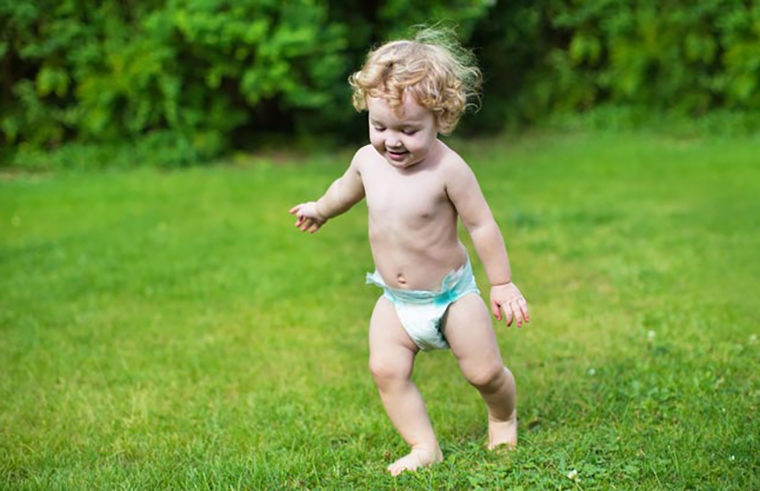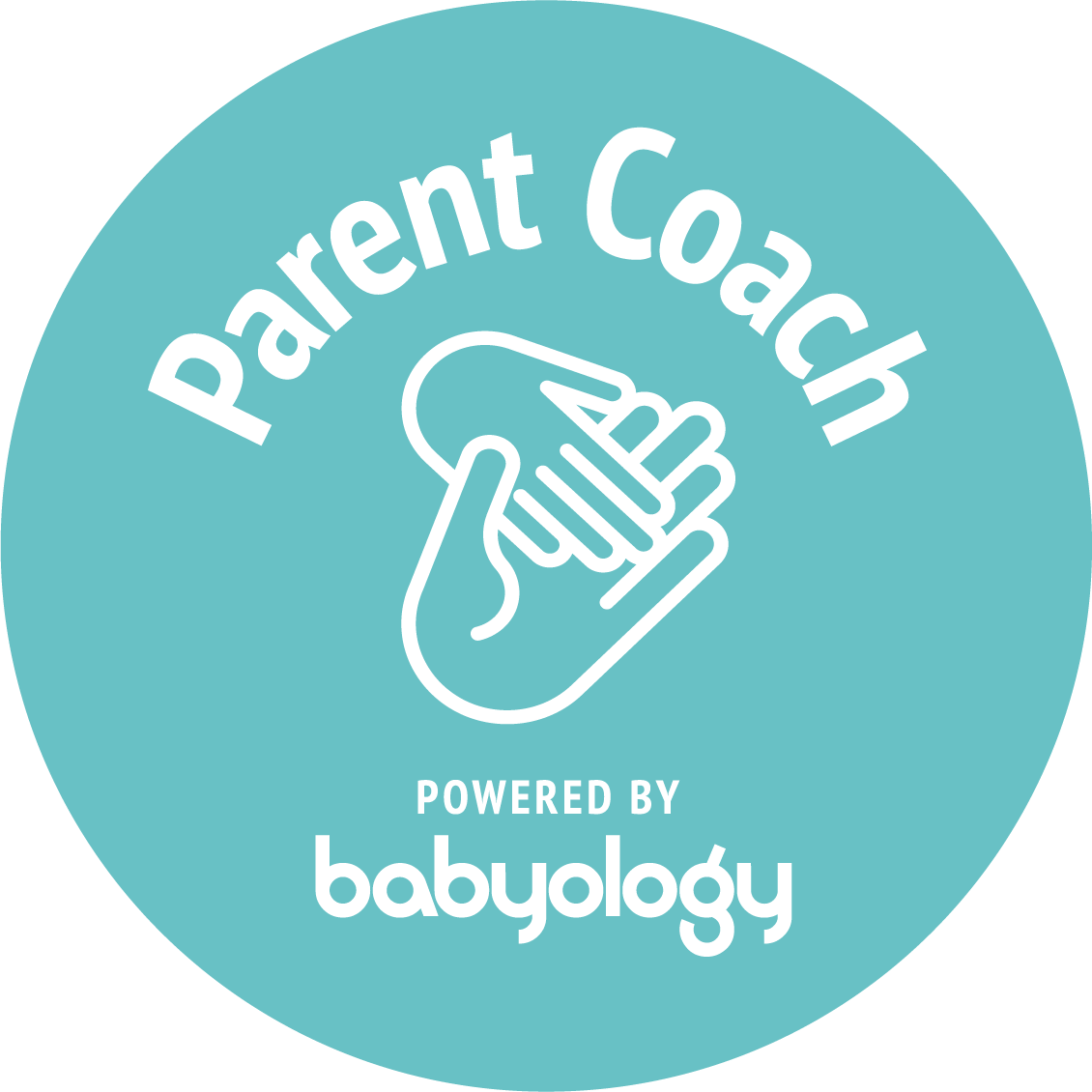6 Month Old Baby Girl Has Readness Around Vagina
When it comes to little vaginas there's not too much you need to worry about. That said, they can get itchy, sore, irritated and infected from time to time so it's good to know how to identify, treat and prevent these issues – especially because babies won't be able to tell you what's wrong. Here are seven problems to look out for down below.
1. Vaginal thrush
Thrush is a fungal infection caused by an overgrowth of the yeast, Candida albicans, which is naturally found on the skin or in the gut. A small amount of the yeast can be found in the vagina too and this is mostly harmless, unless the yeast numbers grow.
Symptoms of vaginal thrush can include itching or burning, a white discharge and stinging or burning while urinating. Vaginal thrush is often caused by wiping your baby's bottom from back to front (so spreading the Candida albicans from the anus to the vagina) or using soaps to clean the genital area.
Once you see symptoms of vaginal thrush, you can quickly clear it up with an over-the-counter thrush cream available from the chemist, and after that, make sure that you use a soap substitute when cleaning the area, as well as ensure you are wiping in the right direction.
It is worth noting too, that there is another form of thrush – oral thrush – that breast-fed babies sometimes get when candida is transferred from their mother's nipple to their mouth. Oral thrush requires a different treatment.
2. Vulvovaginitis
Vulvovaginitis is when the vagina and vulva are inflamed which can be pretty painful and uncomfortable. It's common in very young girls because the lining of their vagina and vulva is quite thin which means it can easily be irritated. Many things can cause this, such as moisture and dampness in the area, tight nappies or clothing, soaps and threadworms.
Other signs your child might have vulvovaginitis include redness on the outside vaginal area, pain during or after she urinates, itchiness in the area and discharge from the vagina. When vulvovaginitis is mild, it can be treated by putting them in loose clothing and avoiding things like bubble baths and soaps. Adding some white vinegar to the tub and using nappy rash cream can also help soothe symptoms. If there is any blood, or your child seems very distressed, take them to the doctor.
MORE Baby Health
3. Urinary tract infection
While it's prevalent for young children in nappies (both boys and girls) to get a Urinary Tract Infection (UTI), it is essential to attend to one immediately. If left untreated, it can cause kidney damage. Signs of a UTI include fever, appearing to be in pain when urinating, vomiting, seeming generally unwell, smelly or discoloured urine, pain in their lower abdomen, or attempting to urinate more frequently than usual.
A urine infection occurs when bacteria get into the urethra or bladder, usually from poo or bowel germs after wearing a nappy. If you suspect a UTI, take your daughter to the doctor immediately for a urine test. If positive, your child will be required to have antibiotics, possibly an ultrasound and a brief hospital stay. She will need a lot of rest and fluids once she is back at home. Ways to prevent a UTI include wiping from front to back when changing your child's nappy or helping them on the toilet, avoid leaving them in a dirty nappy for long periods of time and steer clear of soaps and other irritants.
4. Nappy rash
Apparently up to one third of all babies and toddlers have nappy rash at any time – although newborn babies are less prone to this condition (possibly because we change their nappies so often!) – so this is clearly a pesky condition that likes to bother little bottoms.
Nappy rash causes red patches on the bottom and over the genitals with skin that looks sore and raw and feels hot to touch. If extreme, you may see broken skin with pimples or blisters in patches. Nappy rash can be really uncomfortable and may make your baby pretty unhappy.
The most common causes of nappy rash include: your baby's skin being in contact with a wet or dirty nappy for too long; a wet nappy rubbing against the skin; or using soap on the skin (causing it to dry out) – so the best ways to tackle nappy rash are to ensure that you change your baby's nappy often, as well as giving her bottom plenty of fresh air to dry the skin well before putting a clean nappy back on, as well as avoiding using any products that are drying, like soap or alcohol.
Nappy rash is equally common in baby girls and boys, however, with more bits to clean and care for, little girls can seem more prone to nappy rash. With a bit of loving care and the proper time given to cleaning and drying your baby girl's genitals at each nappy change, you will keep her rash-free most of the time.

5. Worms
The most common intestinal worm that children get is threadworm (also called pinworm). They look like tiny white threads (hence the name) and come out of the anus to lay eggs at night, which is why kids get very itchy bottoms especially in the evenings. In little girls, though, the worms often travel into the vagina as well, which can lead to scratching, causing redness and irritation. Not only are worms itchy and uncomfortable for children, but they will also interfere with their sleep and can cause a low appetite. Threadworms spread veryeasily (usually via scratching and the eggs transferring to their fingernails and then the mouth), so the whole family will need to be treated quickly, even if they have no symptoms.
To treat worms, buy the medicinal worm chocolate squares from the chemist and give them to your child. Ensure she has a shower (not a bath) before bed, thoroughly cleaning her bottom and genitals. As for the rest of the house, vacuum carpets, clean surfaces including door handles and wash all bedding and towels in hot water to kill any eggs. To prevent worms, encourage good hygiene with your child by washing her hands regularly (especially after toilet visits), keeping fingernails kept short and not letting her eat food that's been on the floor.
6. Labia fusion
Also called labia adhesion, this is when the labia (outer lips of the vagina) become stuck together with a very thin membrane. It usually occurs between the ages of one and two and is most likely caused by a previous infection. If you're worried, please speak to a doctor; however, in most cases, it usually rectifies itself over time without any treatment or surgery.
7. Hymenal skin tags
Vaginal or hymenal skin tags occur in about ten percent of all female newborns and are caused by a swollen hymen due to oestrogen passed down from the mother. They will look like a small, smooth pink tissue coming out of the vagina and will usually disappear after about two to four weeks on their own with no treatment required.
Vaginal care tips
While things beyond our control cause some of the above conditions, when it comes to infections, prevention is the key. Here are some vaginal care tips to remember for keeping your child's genitals healthy.
- Wipe front to back – to prevent bacteria spreading, check all crevices for poo, and also tell them what you're doing so when they're old enough to go to the toilet themselves they will wipe correctly.
- Change nappies frequently – ensure they're also not too tight and use nappy rash cream liberally.
- Avoid irritants to their genitals – such as bubble baths and harsh soaps, use baby-friendly washes and creams, and apply shampoo last, so they're not sitting in the suds.
- Wash their hands regularly – using soap, especially after going to the toilet, and keep their fingernails short to avoid dirt, bacteria and worms spreading.
- Keep the vaginal area dry – after washing or swimming, pat down the area thoroughly to avoid moisture becoming trapped.
- Ensure their diet is healthy – lots of fluids will help prevent and treat a UTI and be sure their weight is in a normal range for their age.
- Avoid tight clothing – once they are toilet trained, be sure to put them in cotton, breathable undies and eventually no undies at night.
- Encourage good wee habits – once toilet trained, get your child to go for a wee when they need to and not 'hang on' instead, and buy unscented, soft toilet paper.
If you are at all concerned about a vaginal issue your child might have or suspect a UTI, please speak to your doctor.
Read more stories like this:
- 7 common penis problems in little boys and how to solve them
- Everything you wanted to know about little boys and their erections
- Does size really matter? A guide to what's normal for your son's genitalia
- Mums of little boys: Here are 7 fun facts about the penis and testicles
- Why retracting your uncircumcised baby boy's foreskin is not a good idea
- Flustered or clueless? Everything you need to know about toddler masturbation
- What you need to know about caring for your little boy's genitals
- An expert answers 8 common mum questions about little boys' penis health
- Toilet training: Why does my son give himself erections and pee everywhere?
- Weighing it up: Sorting through the pros and cons of circumcision
- Babies can get a urinary tract infection too – here's what you need to know
 Need some support to be the best parent you can be? Our Parent School parent coaching experts can help. Click to find out more or book a one-on-one session.
Need some support to be the best parent you can be? Our Parent School parent coaching experts can help. Click to find out more or book a one-on-one session.
6 Month Old Baby Girl Has Readness Around Vagina
Source: https://babyology.com.au/health/baby-health/7-common-vagina-issues-little-girls-might-have-and-what-you-can-do/
0 Response to "6 Month Old Baby Girl Has Readness Around Vagina"
Post a Comment